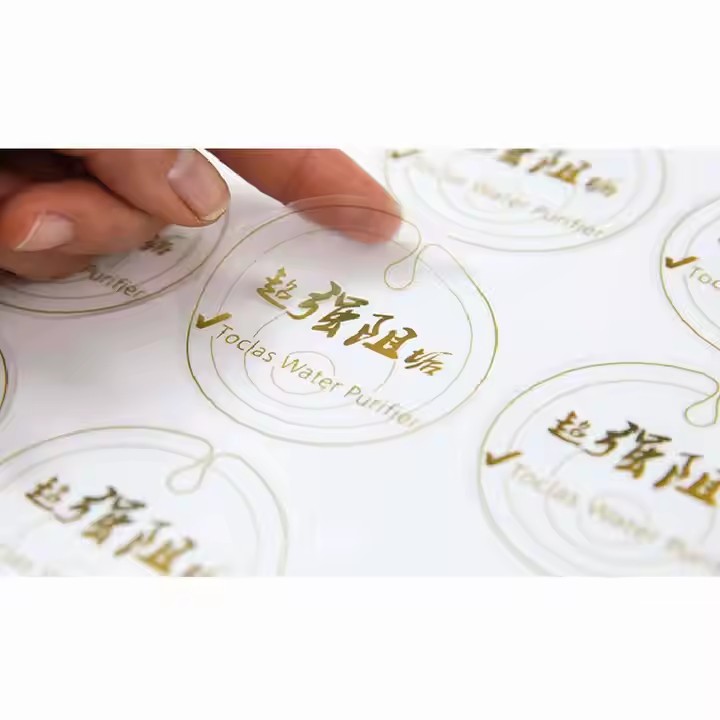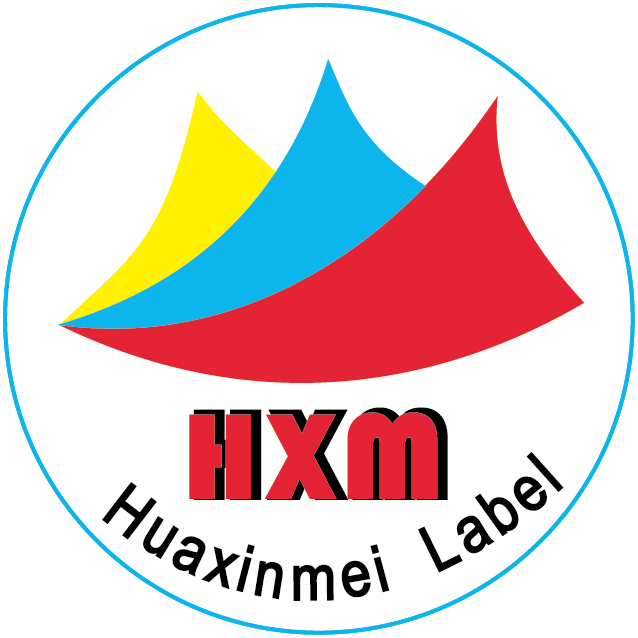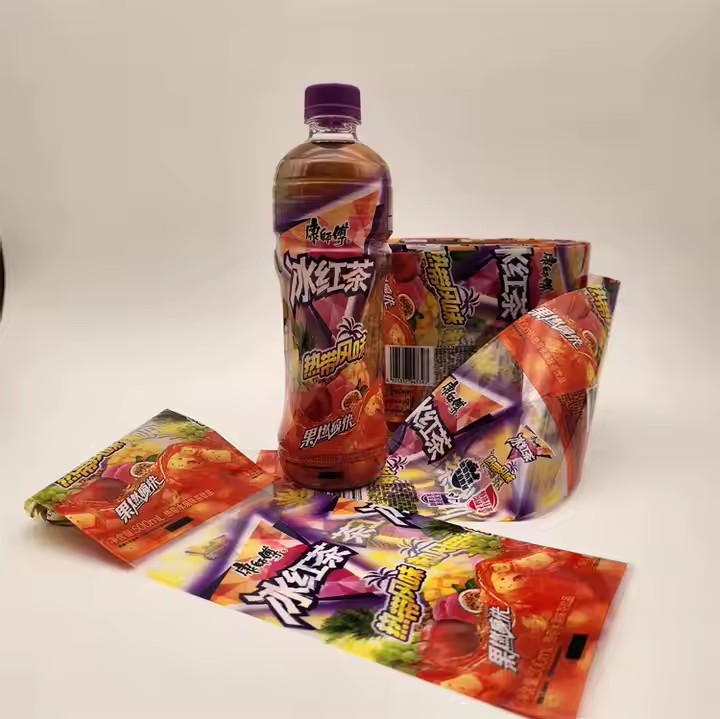I. Aspects of Brand and Image Representation
Brand Logo
Manufacturers’ custom labels will highlight elements such as their own brand names, logos, and brand slogans. These brand logos are carefully designed and closely linked to the overall brand image. For example, on Apple’s product labels, the eye-catching Apple logo enables consumers to recognize at a glance that the product comes from Apple. In contrast, competitors’ brand logos are unique to them and different from those of the manufacturer, which helps distinguish the ownership of different brands in the market. Building a product brand is crucial. Using label packaging as a carrier, it is necessary to design labels and packaging that are good-looking, unique, personalized, and simple, and make the labels as easy for consumers to remember as possible. For instance, Nike’s brand logo is a simple tick, which is very concise and elegant. Then other enterprises can also learn from these successful cases as much as possible when designing their logos.
There will also be differences in the styles of brand logos. Some manufacturers may adopt a simple and modern logo style. For example, Xiaomi’s brand label is simple and clear, giving people a highly technological image. While competitors may be more inclined to a traditional and stable logo style. For example, Huawei’s brand logo conveys a professional and reliable feeling. Try to make the brand logo as simple and unique as possible. Only when it is special enough will consumers find it easier to remember. Before designing a logo, design a logo that conforms to the product brand according to the tone of the product and the grade of the brand. With the help of the brand logo, make the label more easily remembered by consumers.
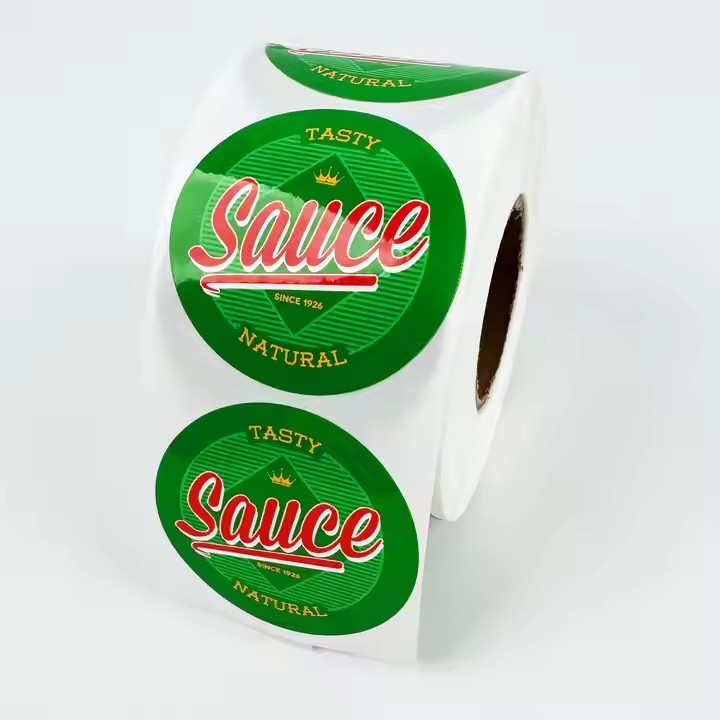
Conveyance of Brand Positioning
Custom labels can reflect a manufacturer’s brand positioning. If a manufacturer is positioned in the high-end market, its labels may be made of high-quality materials, and the design will be more refined and luxurious. For example, the labels of Rolex watches will use high-grade paper, and the fonts and patterns on the labels are very exquisite, reflecting its high-end and luxurious brand positioning. However, if competitors are positioned in the middle and low-end markets, the texture and design details of their labels may be relatively simple, and they will pay more attention to cost performance. In terms of product positioning, it is necessary to establish a clear product positioning as clearly as possible. Only when the product positioning is clear enough can it better reach consumers.
II. Aspects of Product Information Presentation
Degree of Detail in Product Specifications
Manufacturers’ custom labels usually list the specification parameters of their products in detail. For example, for a computer, the manufacturer will note details such as the processor model, memory size, hard disk capacity, and screen resolution on the label. While competitors may focus on highlighting different combinations of parameters or make choices in the degree of detail of the parameters. Some competitors may emphasize certain special features of the product more and be relatively brief in the annotation of basic parameters.
Information Display Methods
Custom labels also have unique features in the way of information display. Manufacturers may use intuitive ways such as charts and icons to present product information. For example, on the labels of electronic products, graphics are used to show the comparison of battery life with other competing products. Competitors may mainly use text descriptions or adopt different chart styles to display information.
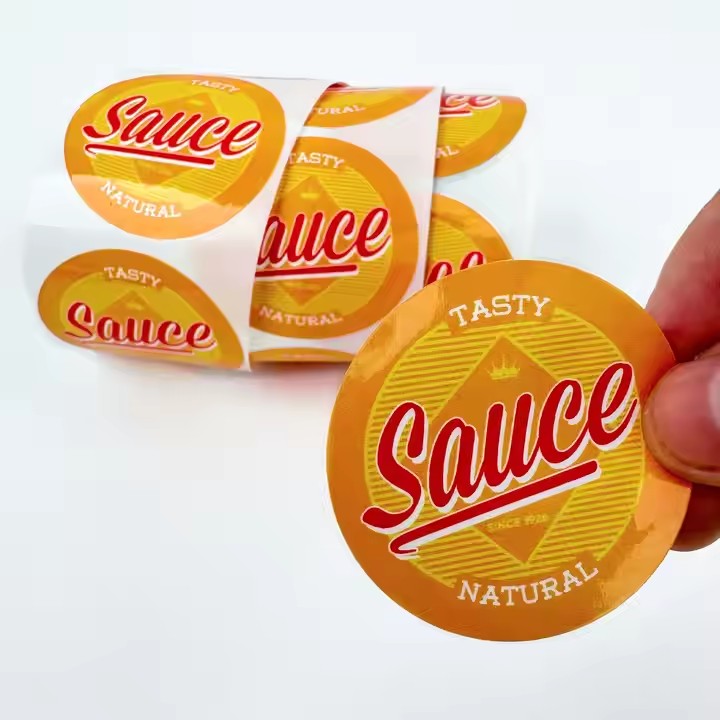
III. Aspects of Personalization and Differentiation Features
Personalized Design Elements
In order to make their products distinctive, manufacturers will add personalized design elements to their custom labels. These elements may be related to the product’s design concept and the preferences of the target consumer group. For example, an electronics manufacturer that focuses on young fashion will use popular colors, anime images, or trendy patterns on the label. While if competitors are targeting business people, the label design may mainly feature calm colors and simple business-style patterns.
Highlighting of Differentiated Selling Points
Custom labels will focus on highlighting the differentiated selling points of the product. If a manufacturer’s product has a unique advantage in a certain technology, for example, for a new energy-efficient air conditioner, its label will highlight the energy-saving technical parameters and energy-saving certification marks of the air conditioner. While competitors’ products may focus on other selling points, such as emphasizing the advantages in aspects like noise reduction or appearance design.

IV. Aspects of Quality and Compliance Representation
Quality Certification Marks
Manufacturers’ custom labels will display the quality certification marks obtained by their products. These marks are proof that the product quality meets certain standards. For example, on the label of a food manufacturer, there will be food safety certification marks, such as the QS mark or other relevant international certification marks. Competitors’ products may display different quality certification marks or have different certification scopes due to factors such as production standards and production regions. Manufacturers’ use of certified proof makes consumers have more trust in products with such quality certifications and feel more at ease when purchasing products.
Generally speaking, manufacturers’ quality certification marks represent the guarantee of label packaging. Consumers have more trust in products, and thus their willingness to purchase products will be stronger.
Annotation of Compliance Information
Custom labels will mark compliance information in accordance with relevant regulatory requirements. Different manufacturers and competitors may have differences in the annotated content due to differences in product types and sales regions. For example, for cosmetic products, manufacturers’ labels need to mark information such as ingredients, shelf life, and usage methods, while competitors may have their own characteristics in aspects such as the order of ingredient annotation, the degree of detail, or reminder information. When customizing labels in industries such as pharmaceuticals, cosmetics, and skin care products, it is necessary to clearly mark some special precautions in these industries on the labels. For example, in the pharmaceutical industry, it should be clearly marked which groups of people cannot use a certain medicine to avoid misleading people from taking it. For some cosmetics, it should be marked on the label which skin types are not suitable for use, such as those that are not suitable for sensitive skin. Because some skin types are not suitable for using such skin care products, it is necessary to mark them clearly on the label, consider from the perspective of consumers, and help consumers screen out products that are not suitable for their skin types as much as possible.
